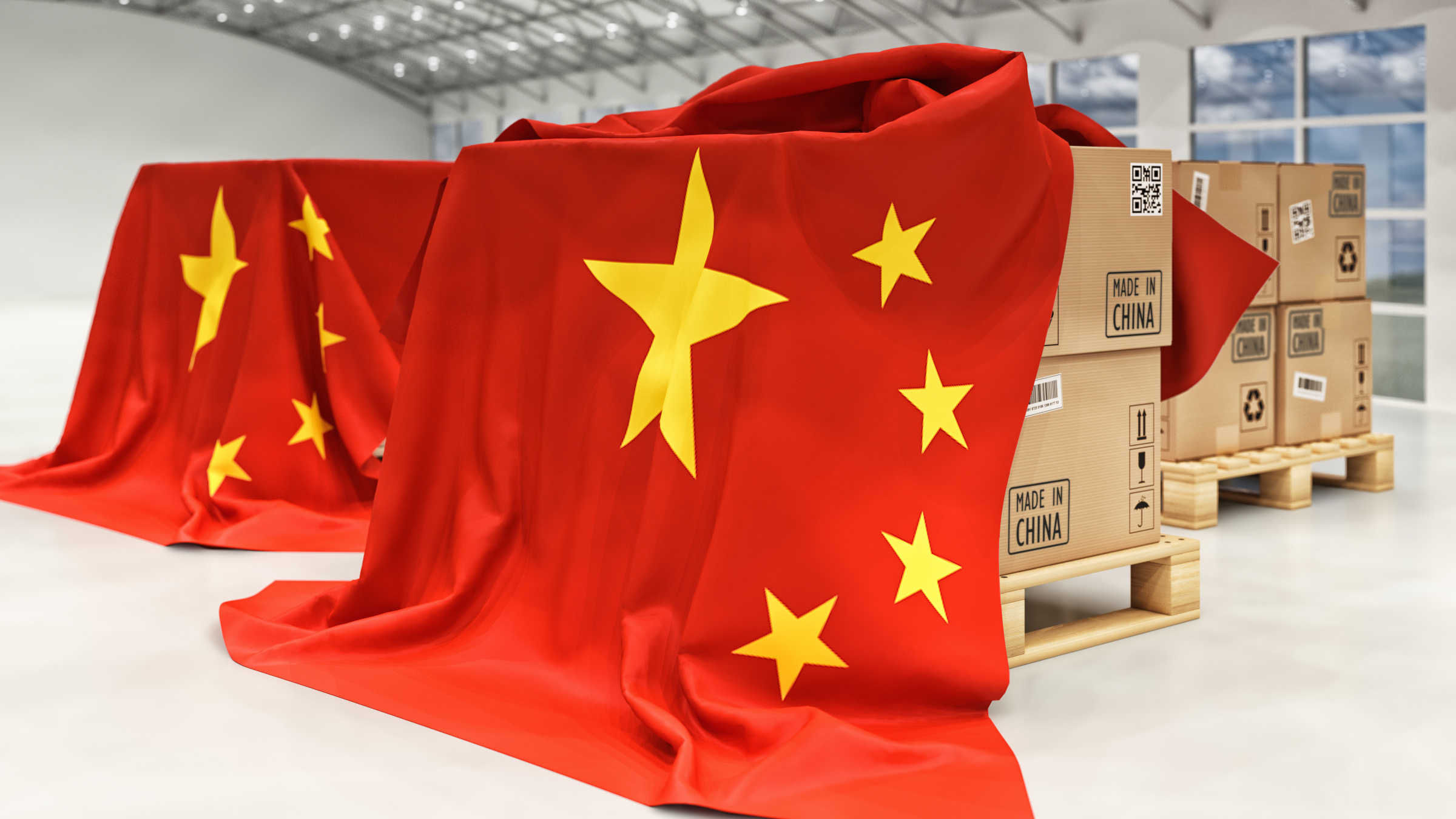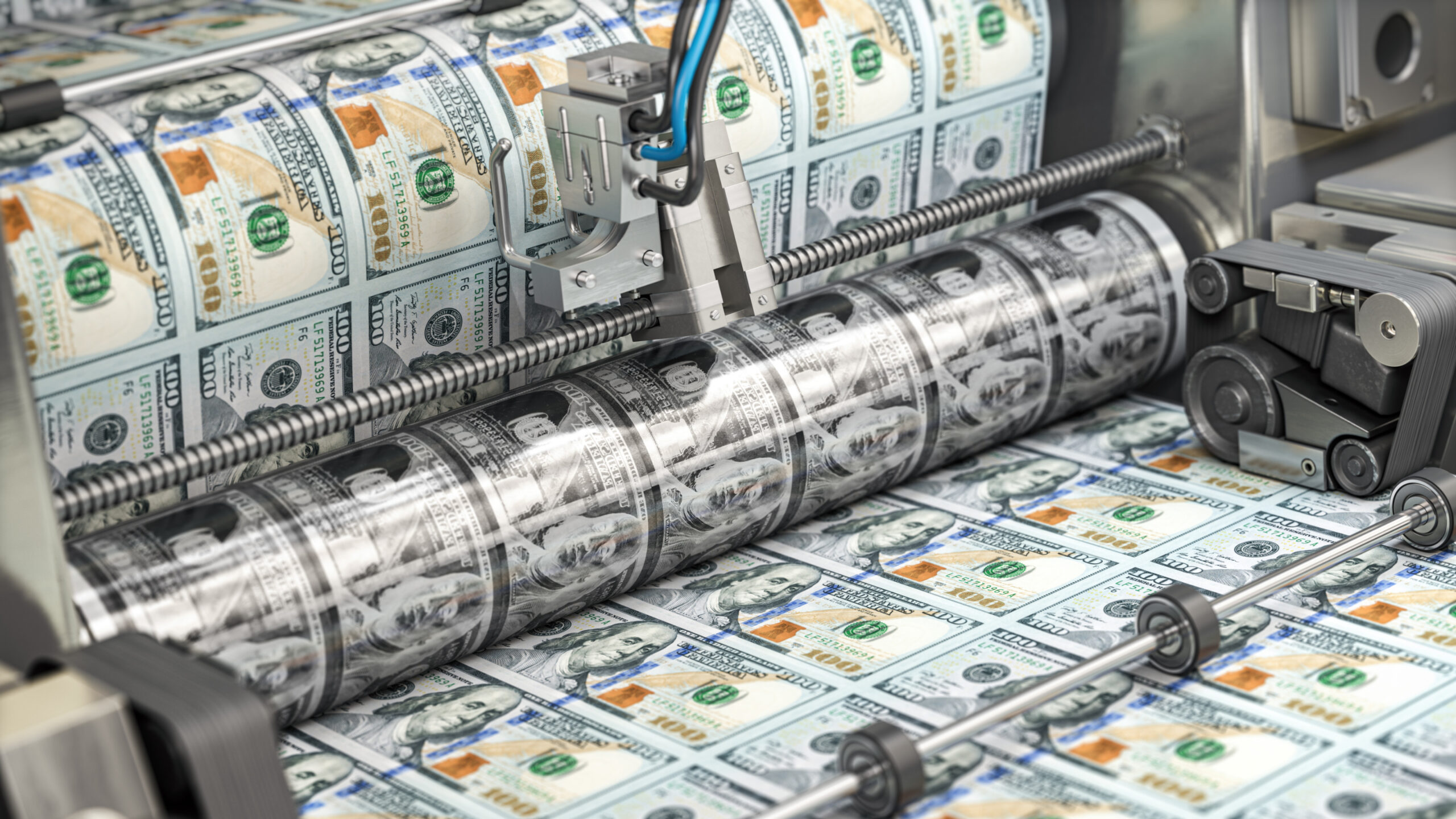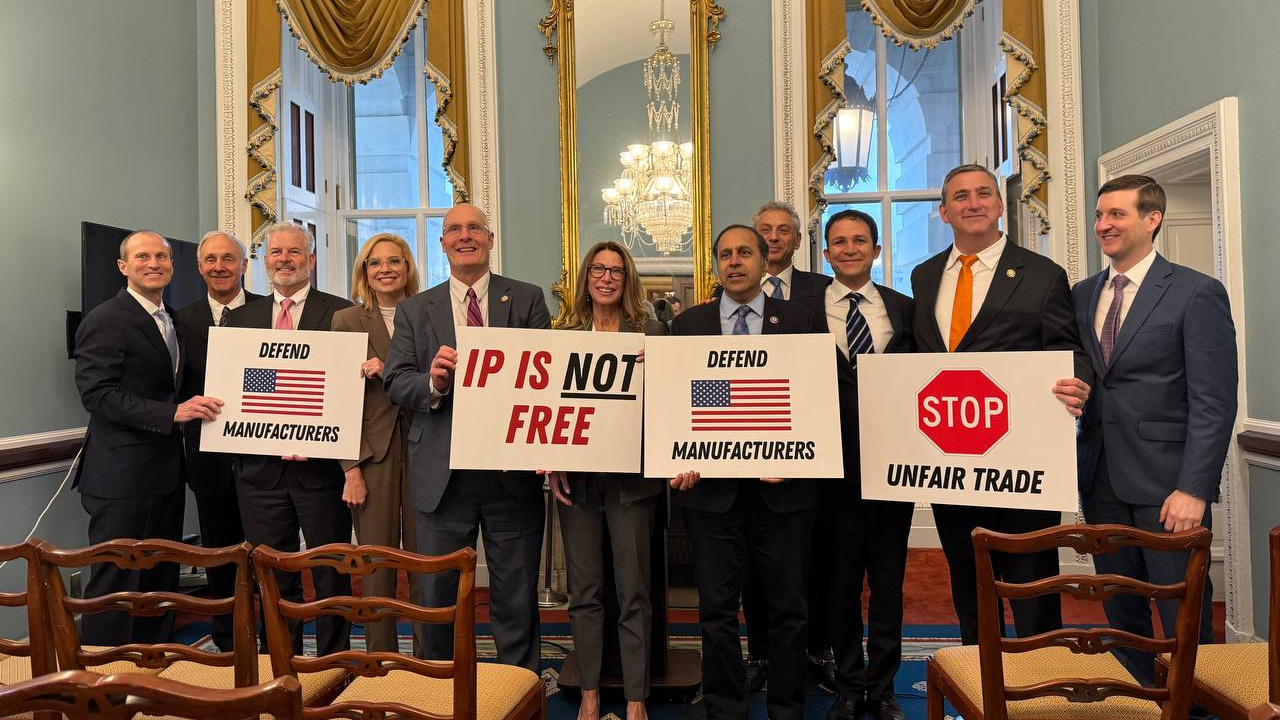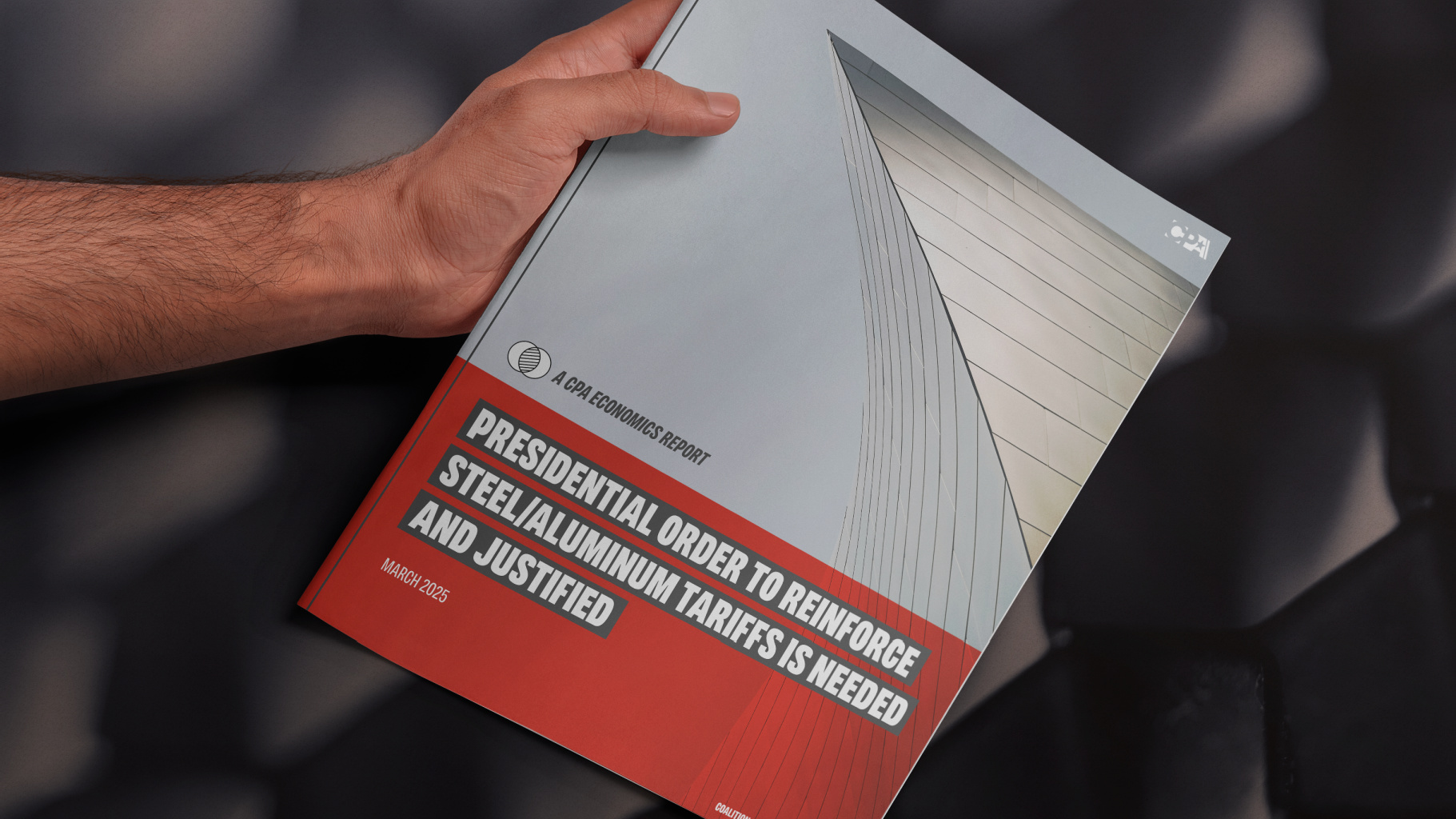Last year, America’s largest chipmaker, Intel, agreed to sell its memory chip business to South Korean memory chipmaker SK Hynix for $9 billion, part of the routine musical chairs of tech companies repositioning their assets. But in the past month, disturbing reports have emerged that China may be imposing forced technology transfer on these companies as the price of deal approval. The U.S. government should take action to block such conditions and ensure they will not be imposed in the future. It is time to draw a line in the sand against forced Chinese technology transfer.
Intel wants to unload its memory business to concentrate more on processors. The U.S. government approved the deal, as did other international authorities. In December, the Chinese government issued a conditional approval, with a number of conditions. According to one China-watcher, Chinese-language documents show that one condition of the deal is that the enlarged memory chip company transfer technology to a Chinese chipmaker.
This condition is unacceptable. The U.S. government should intervene and ask Intel and SK Hynix to explain in detail China’s conditions. China has built its presence in many industries through insisting on forced technology transfer as the price of entry into their market. The U.S. needs to put a stop to this practice. As a critical technology for both the military and civilian economy, semiconductors are a good place to start fighting back against Chinese forced technology transfer.
The specific business involved in this deal involves a type of memory chip known as NAND. NAND memory chips retain data in their memory even when there is no power flowing to the circuits. For example, if the battery on your phone goes dead, even for several days, once you recharge the phone you will still find all your contacts, email, and that all-important Taylor Swift video immediately live in memory and instantly available. NAND memories are used increasingly in smartphones and in memory drives for servers in data centers. Memory is a crucial element in almost every electronic device, from a fighter jet’s navigation system to the temperature controller in your refrigerator.
The NAND memory market is essential at both ends of the Internet: the user device like laptop or smartphone, and the central “cloud” i.e. the world’s data centers that need vast amounts of storage to hold quadrillions of bits of data.
Standing Up to China
Intel is one of the world’s most powerful technology companies, with revenue last year of $79 billion. But even Intel cannot stand up to the Chinese government. China is a huge market and if it makes demands, a company like Intel finds it hard to resist. The technology industry is complex and with so much of the manufacturing and, increasingly the ownership, located in China, it’s hard for a U.S. company to say no. For example, Lenovo (formerly Thinkpad, IBM’s laptop division) is one of the world’s largest makers of laptop computers. It’s one of Intel’s largest customers. Many of the Lenovo laptops, assembled in China, end up in offices in the U.S. Intel does not want to be excluded from that business and it is a delicate process to figure out how we bring more tech manufacturing back home.
This is why the U.S. government must step in. Intel management would protest loudly if forced to state publicly they won’t comply with Chinese tech transfer. But privately many Intel executives would be pleased. Neither Intel nor SK Hynix should be forced to support the growth of a direct competitor purely because China wants to build its own semiconductor industry.
China is badly lagging in semiconductor design and development. Although western companies like Intel and Samsung have helped out China by building fabs there, China’s efforts to build its own semiconductor companies have been a dismal failure so far. The default of Chinese chipmaker Tsinghua Unigroup on some debt payments last year made it clear the industry is struggling. Several fab projects were reportedly cancelled. Memory chipmaker Yangtze Memory Technology Company (YMTC) is reportedly far behind schedule in ramping up production. The Made in China program envisages China providing 70% of its semiconductor needs internally and it is nowhere near that figure.
Western analysts do not have a good grasp on why China has done so poorly. A likely partial explanation is that the Chinese semi companies have been prone to the same graft and corruption as other industries, but on a larger scale. With as much as $100 billion Chinese government money earmarked for the industry, it has probably attracted the usual crop of money-hungry entrepreneurs and “princelings.” But the odds are that China will eventually figure it out, as they have in other industries.
Ironically some of the strongest allies for the Chinese industry have been Silicon Valley venture capital firms, who have lent billions to Chinese startups. Meanwhile, on the other side of the U.S., the Trump administration clampdown on Huawei and its semi business HiSilicon set back China’s efforts significantly. Recognizing the importance of the tech industry, the Biden administration has continued those policies.
But China is a large factor in manufacturing chips, even if the successful chip fabs are mostly owned by western companies. The best indicator of China’s growth in chip manufacturing is the earnings report of the largest maker of chipmaking equipment, Applied Materials. In 2021, Applied Materials shipped 33% of its chipmaking products to China, as compared with just 9% to U.S.-based customers. So China is today investing some three to four times as much in chip manufacturing as the U.S.
The U.S. must prioritize stopping the inexorable flow of technology design and manufacturing to China. This is essential for national security reasons and for the health of our civilian economy. Most of the important innovations in technology, in chips, in software, and Internet communications, are still made in the U.S. We must stop China appropriating to itself these technologies through forced technology transfer, or IP theft, or any other form of blackmail of U.S. technology companies. Up to now, the U.S. has played defense, not offense. Once Huawei was the world’s largest provider of Internet networks, we took action to slow down its growth in wireless networks. This was good, but it was to some extent locking the stable door after the horse had galloped to the top of the hill.
The U.S. needs to take action earlier and more aggressively to defend and support the growth of U.S. tech companies in other tech sectors, including the three legs of any successful tech company: design, manufacturing, and sales.
The Intel-SK Hynix deal is a good place to start. The U.S. agency that regulates international transactions, CFIUS, can ask both companies for details of the Chinese conditions on their transaction. It can instruct both companies that they must not comply with forced Chinese technology transfer today or at any time in the future. If the Chinese conditions require that, then CFIUS should revoke U.S. approval of the deal.
It is great news that Intel now plans to spend at least $20 billion to establish a greenfield manufacturing site near Columbus, Ohio, in what it is calling “Silicon Heartland.” In an upbeat earnings news release earlier this week, new CEO Pat Gelsinger (pictured above) said the company is “relentlessly” pursuing its IDM2.0 strategy to establish itself as a direct competitior to Taiwan’s TSMC in merchant chip manufacturing. Last year, Intel generated an impressive $30 billion in cash from operations, and returned only $8 billion to shareholders, making it one of the standouts among U.S. chipmakers for holding onto cash to invest in the future of the business, instead of returning cash to shareholders (who mostly don’t want it) to goose the stock price and bonuses.
On the other hand, SK Hynix manufactures memory chips in four locations, two in South Korea and two in China. The U.S. government should ask them if they have any plans to establish a site in the U.S. as the company grows. CHIPS Act money makes U.S. locations more attractive. The U.S. needs more fabs and more chipmakers.
Read ChinaTechThreat commentary on the Intel-SK Hynix deal and watch the webinar here.












